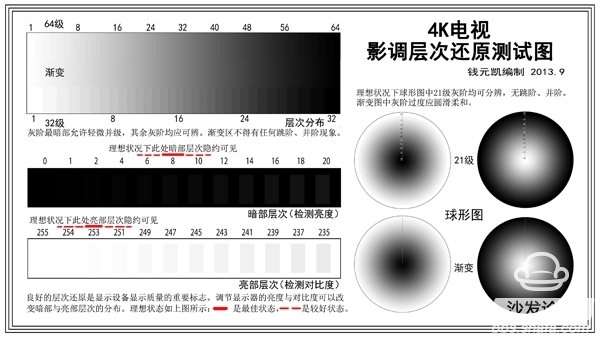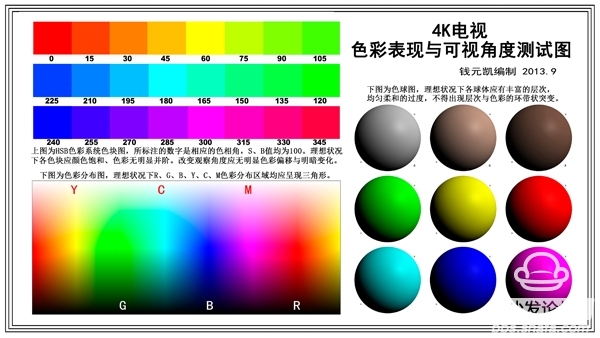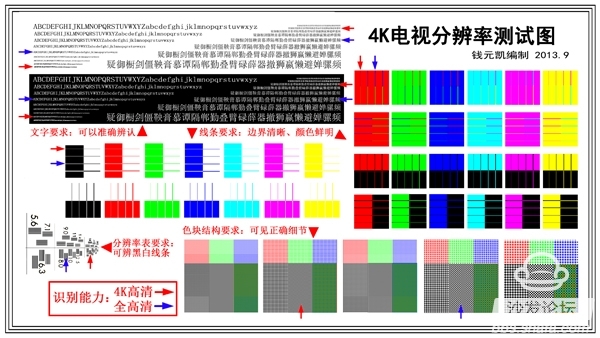Below, we choose a TV with better picture quality through comparison. So when your home has only one TV, how can you distinguish between good quality and bad quality?
The performance of TV picture quality is mainly achieved through sharpness, color, and contrast, so when we see clear, colorful, contrasting pictures, we define a TV as "good quality", and this Kinds of good are often reflected through comparison. 
I believe many people’s TVs in their homes have been watching for five or six years or more. We have not found any problems in the process of use. At the same time, compared to the current 4K resolution, it can be defined as “low qualityâ€. "The television, but it did not affect our viewing results, right?
Xiao Bian thinks that the “bad†and “good†quality of TV images are often relative, and it is precisely because there are contrasts that can reflect the differences in the quality of different television products. So how do we go? Do you choose a TV product with excellent picture quality? Let us learn and study together.
The first step: Let's first briefly understand the TV's ability in terms of sharpness, color, and contrast through the 4K benchmark chart. 
The test images are marked with different resolutions for HD resolution and ultra-clear resolution. As long as a TV is within the relevant display range, then there is no problem. We can also use this method to detect a TV. Not "false 4K". 
The main test of the color test chart is whether there is a parallel behavior in the display effect of a similar color block on the TV. We can also observe this TV's performance in terms of color overtones through the color ball diagram on the right side.
It is worth noting that on many televisions, the "135-120" two color blocks are more likely to appear in parallel and other different color blocks should allow us to clearly differentiate. 
In the contrast test, we mainly observe the performance of the dark and light levels in the test chart. Its significance is that when the TV picture is too dark or too bright, some details in the picture can be displayed normally.
to sum up:
Through a simple picture test, we can first understand the initial performance stage of a TV in terms of definition, color, and contrast. TVs are still used to view, so we mainly have to use video playback to see the most intuitive content.
The second step: We use different 4K video to reflect the performance of a TV in terms of color. At the same time, we can see the performance of a TV in terms of sharpness and contrast through different light and dark scenes and details. 


Through the red, green and blue color video to observe how this TV's color performance ability is. At the same time, there are some bright and dark scenes and detailed effects in the picture can be reflected as the performance effect of resolution and contrast. Such videos can also be dedicated. Find and download it on the 4K video website. Interested users can click here to view it.
The third step: At present, 4K video resources are still very few. Even if we have 4K TVs, we are still watching high-definition video most of the time. So what we need to do next is to test whether the TV's jitter and tailing effects are serious through dynamic HD video. 
Select some fierce fighting pictures, or videos with a lot of sports scenes to be played on the TV. We can watch whether the sports picture of the TV picture is smooth, or if there are details that are difficult to see in the “ghostsâ€.
Xiaobian Comments: How to judge the quality of TV
How to evaluate the quality of a TV is good or bad?
Sharpness test chart
Color test chart
Contrast test chart